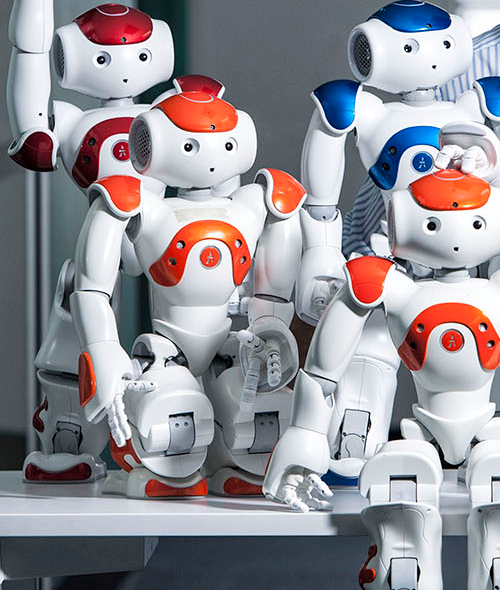AI 'thinking' probed
 Artificial intelligence may soon learn through a process similar to human thinking.
Artificial intelligence may soon learn through a process similar to human thinking.
New research by Tania Lombrozo, a professor of psychology at Princeton University, explores the parallels between human cognition and AI, specifically in how both entities can learn without external input.
The process, often referred to as “learning by thinking,” is already observed in humans through explanation, simulation, analogy, and reasoning.
In humans, these processes are often used to solve everyday problems.
For example, rearranging furniture might involve imagining different layouts without physically moving anything, or reasoning that a friend’s birthday is tomorrow based on the knowledge that today is a leap day and their birthday falls on a leap day.
Similarly, AI systems have shown the ability to self-correct and refine their responses without being explicitly programmed to do so, particularly in complex tasks.
“There are some recent demonstrations of what looks like learning by thinking in AI, particularly in large language models,” says Lombrozo.
She notes that programs like ChatGPT often provide more accurate results when prompted to reason through a problem step-by-step, as opposed to answering a question directly.
This self-correction in AI mirrors how humans engage in reflective thinking.
Lombrozo identifies four key modes of “learning by thinking” in both humans and AI: explanation, simulation, analogy, and reasoning.
For instance, when asked to elaborate on a concept, AI may correct its own mistakes, reflecting the human process of identifying gaps in understanding during explanations.
AI also uses simulations, much like humans imagining a scenario, to process information more effectively.
In fields like gaming, AI simulations are used to predict outcomes, enhancing decision-making abilities.
Lombrozo raises questions about the deeper implications of this research.
“This poses the question of why both natural and artificial minds have these characteristics. What function does learning by thinking serve? Why is it valuable?” she asks.
She argues that both humans and AI engage in a form of “on-demand learning”, which allows new information to be processed as needed.
The research also acknowledges challenges in determining whether AI is truly “thinking” or simply mimicking human-like cognitive processes.
As Lombrozo suggests, the opportunity to study these similarities can provide insights into both human cognition and the further development of AI.
“We can learn important things about human cognition through AI and improve AI by comparing it to natural minds,” she concludes.
The study highlights how AI may one day achieve more sophisticated forms of learning, potentially contributing to advancements in AI technology and our understanding of human thought processes.
However, the debate over whether AI is truly “thinking” remains unresolved, leaving room for further investigation.








 Print
Print